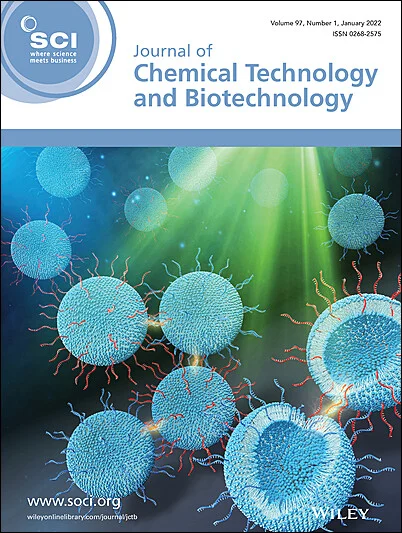Isolation and characterization of phenolic substances from pomegranate residues
Abstract
BACKGROUND
Pomegranate Residues (PRs) can be utilized for the development of a fermentation substrate for bioethanol production, while the contained bioactive substances could be recovered with physicochemical separation processes to be used in pharmaceutics or cosmetic products. Herein, we focused on the phenolics' characterization at each step of the proposed procedure and their isolation. First, thermal hydrolysis was conducted on PRs and the product was separated into liquid phase and pulp. The liquid phase was subjected to pH adjustment and to a second thermal treatment (to ensure sterility and its exploitability as a fermentation substrate), while pulp was submitted to extraction tests. The total phenolic content (TPC) and total carbohydrates concentration (TCC) were measured at each stage and the contained phenolics were identified using LC-MS. Adsorption and desorption experiments in a column packed with XAD16 N resin were conducted on the liquid extracts to isolate phenolic substances.
RESULTS
Significant amounts of high-added value substances (punicalagins, ellagic acid, gallic acid) were found in the liquid samples and in the pulp extract. The appropriate stages to recover the contained phenolics were identified. The adsorption and desorption curves and the HPLC-DAD analysis showed that for the tested experimental conditions, gallic acid and galloyl-hexoside was recovered at ~3 min, punicalagin ~at 15 min and ellagic acid, ellagic acid hexoside at ~15–30 min.
CONCLUSION
This work showed that during the treatment of PRs to produce fermentation substrate, it is possible to isolate significant phenolic compounds with the use of physicochemical processes. © 2025 The Author(s). Journal of Chemical Technology and Biotechnology published by John Wiley & Sons Ltd on behalf of Society of Chemical Industry (SCI).


 求助内容:
求助内容: 应助结果提醒方式:
应助结果提醒方式:


